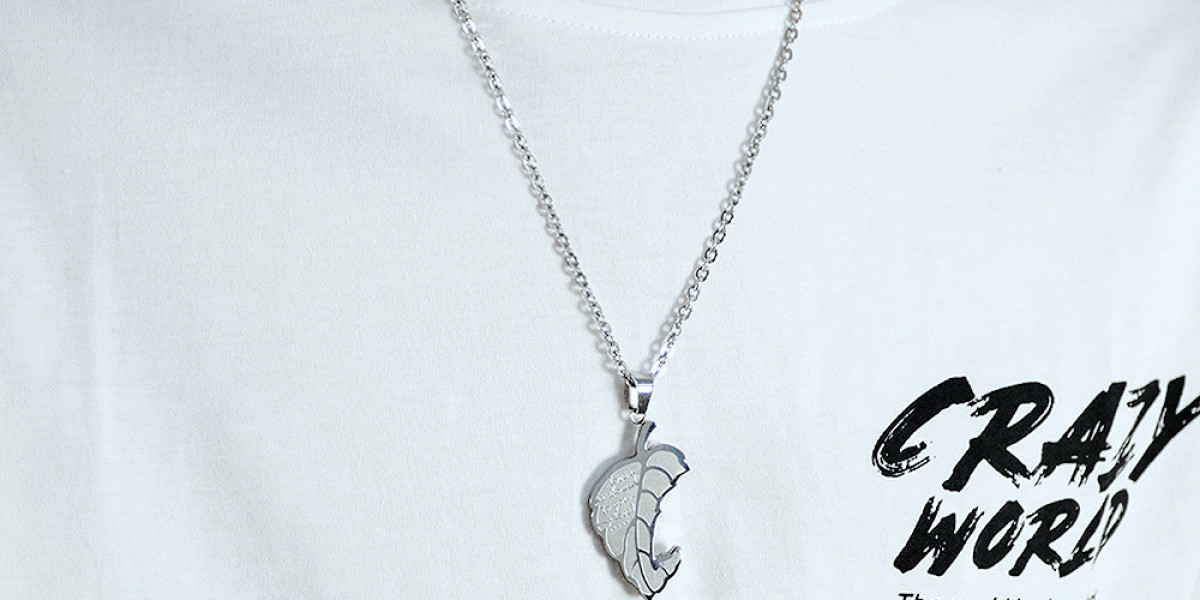Our beautiful planet has blessed us with a variety of fascinating specimens that are rich in texture brilliance, color, and texture. Sapphires are one of the most sought after Matching Couple Rings gemstones, which is understandable given the variety of colors they are available in and the endless possibilities they offer.
The history of the use of sapphires as a gemstone in Partner Bracelets is long and full of tales. If you choose to use a sapphire as the main stone of your jewelry, or you add sapphires to bring sparkle and to accent diamonds such as in engagement rings, sapphires are beautiful and versatile. If you are considering purchasing jewelry with sapphires inside it there are a few questions to be addressed.
Sapphire is a variety of corundum, a mineral which is second in hardness after diamond. When people think of sapphires they imagine a piece of a beautiful blue stone. The image they have is accurate. However, what a lot of people aren't aware of is that although blue sapphires are the most popular, they can be found in a range of colors that we will examine in this article.
Corundum is a very hard substance, which is why sapphires are extremely durable and do not scratch easily. The Mohs scale measures the mineral's hardness between 1 and 10. Only diamonds can have scores higher than 10.
The term sapphire originates from the Latin word "saphirus" and the Greek word "sappheiros" which both mean blue. Sapphires have a long history of significance, which is the reason they are prized so highly. Over time, sapphire has been regarded as a precious stone that is extremely valuable and numerous people throughout history have been drawn to it.
Where did sapphire come from?
The primary sources of sapphires are Kenya, India, Colombia and Cambodia. Other areas of extraction include Afghanistan, Australia, Nepal as well as the United States, and Vietnam. Sapphires from these different regions differ in their chemical structure and appearance.
How do Sapphires Form?
Sapphires form beneath the Earth's surface through a process that takes millions of years and involves high temperatures and pressures. These conditions are ideal for metamorphic process that leads to sapphire formation. As the liquid magma below cools, the minerals within it crystallize, and in this process corundum minerals, also known as sapphires, become recrystallized.
While they are both minerals, sapphires and diamonds are fundamentally different. Diamonds are made of crystallized carbon, whereas sapphires are an example of corundum (an aluminum oxide). Sapphires come in a variety of colors depending on their chemical composition. We'll discuss this more in the next section.
It is vital to know that the presence of small imperfections and inclusions is a proof of authenticity of sapphires, since they are formed naturally. Sapphires that are not contaminated by imperfections are most likely made in labs. Natural sapphires are an item that was created over a long period of time and, because of its imperfections is unique to itself.
Colors of sapphire stones
Sapphires are beautiful as they are available in various colors. This is due in part to the various chemicals present when they form. Blue sapphires are the most sought-after and popular kind, and are frequently employed to make jewelry. The color of sapphire can range from a pale royal blue to a deep royal.
The color of sapphire is affected by the presence of several elements. For example titanium and iron can produce blue stones. While iron creates green and yellow sapphires. Vanadium makes purple, while chromium produces pink. Sapphire is a triangular system in the perspective of crystallography.
One of the most interesting things is that the only corundum that is not sapphire is red corundum that is actually ruby. Otherwise, all shades of corundum other than red are classified in the sapphire category, including colorless leucosphire as well as padparadscha, a stunning shade of pink and orange and whose name is derived from an Sanskrit word that translates to lotus flower.
Blue sapphire is one of the most popular type of sapphire. Light blue, dark blue, gray blue and all shades are popular.
Pink sapphires range from pastel pink to a bright rose. A sapphire with a vibrant pink hue has chromium added to it during the creation process. Pink sapphires are decorated with roman touches
Search
Popular Posts





